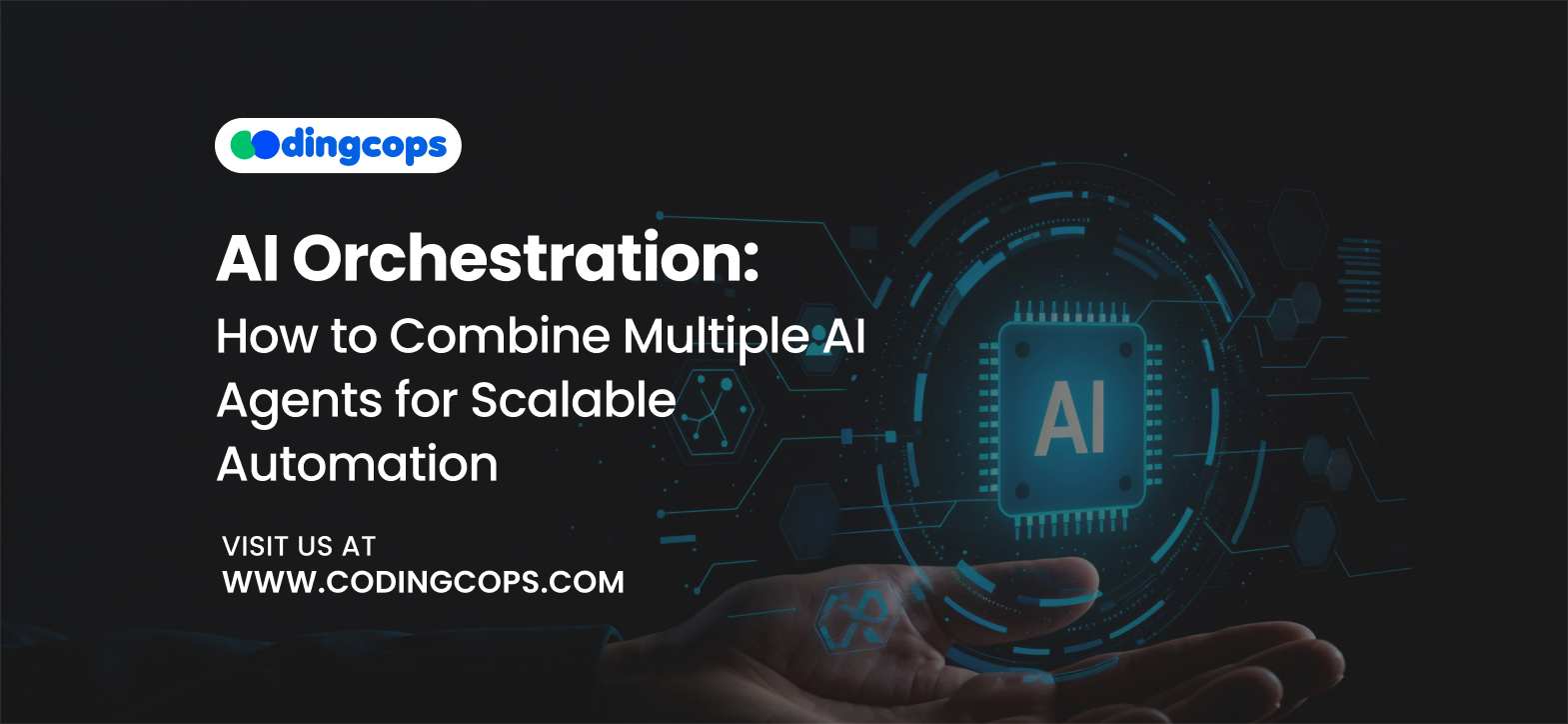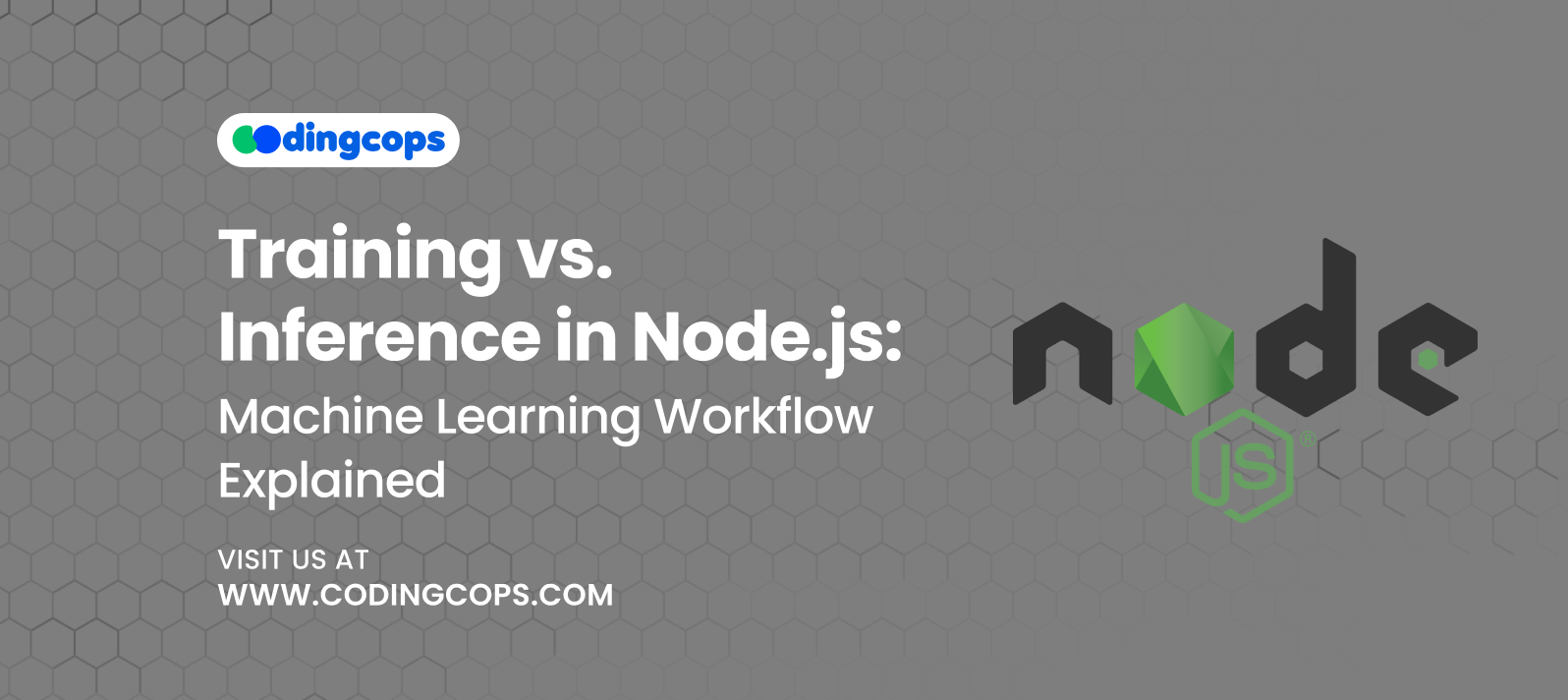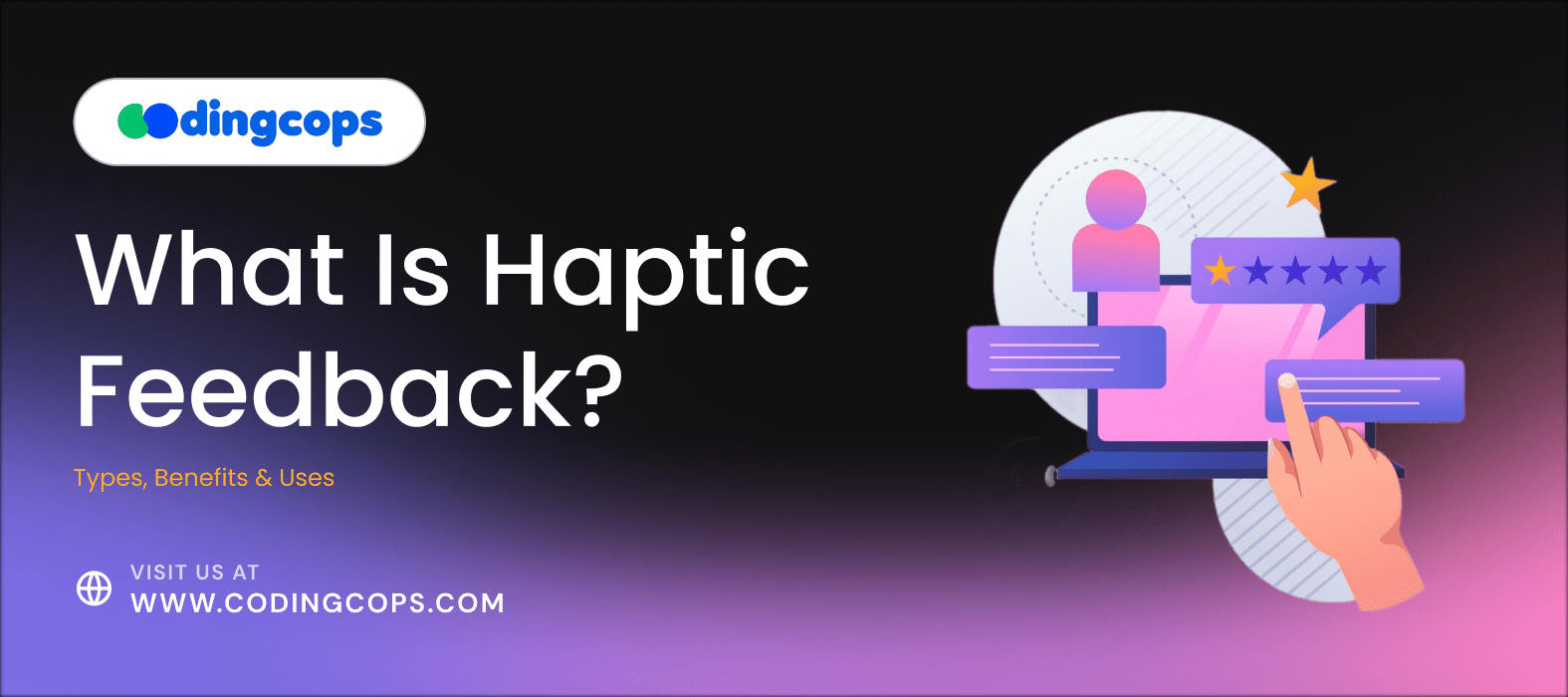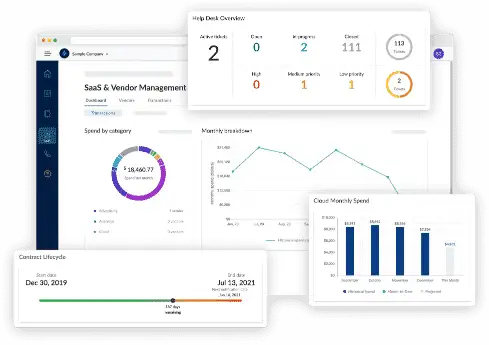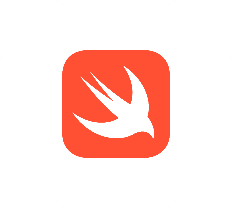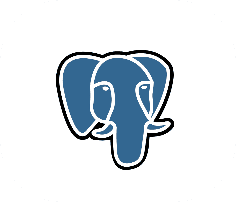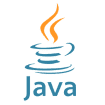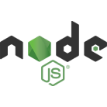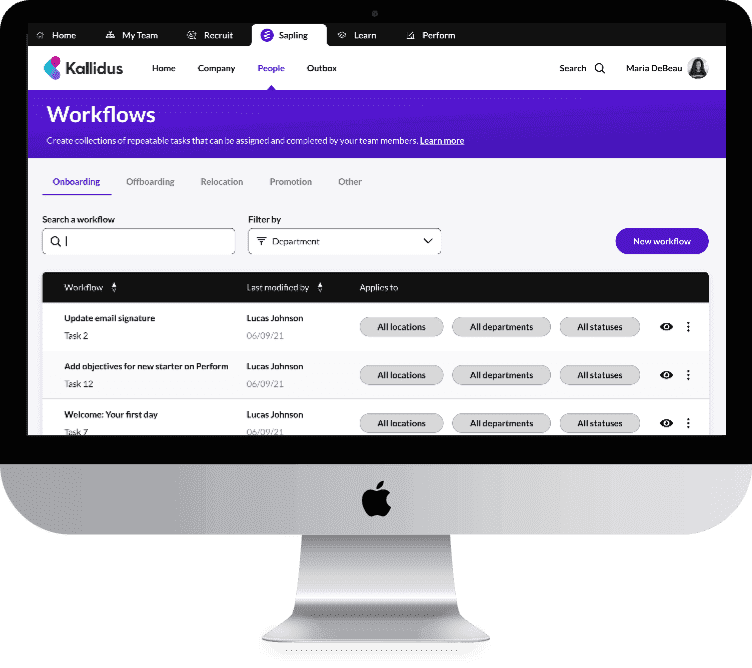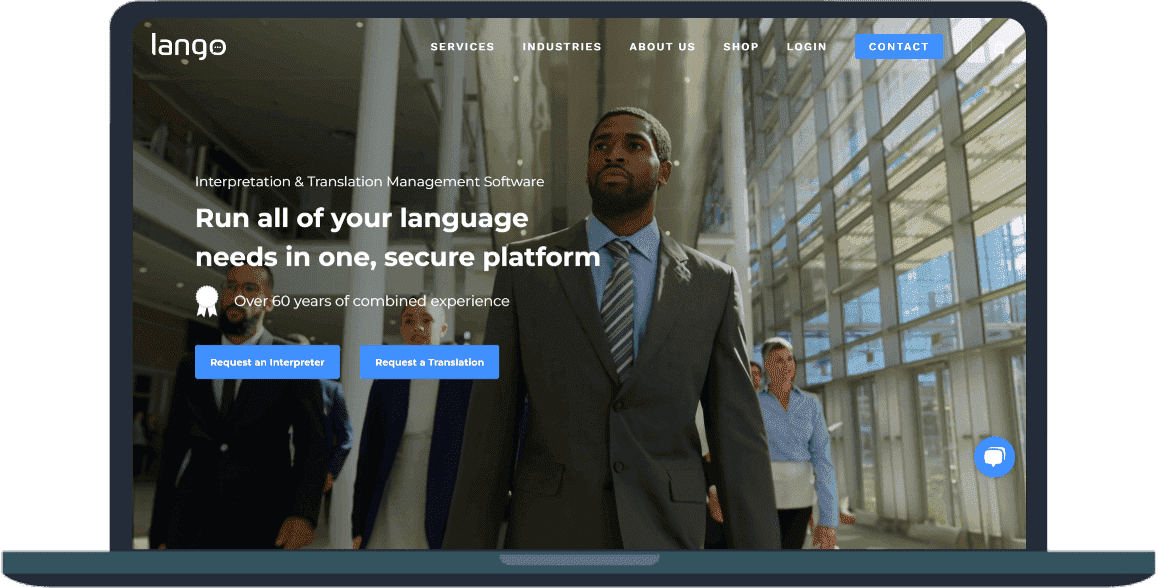According to Digital Silk, the global AI market size will reach $1.3 trillion in the next seven years. This is because organizations deal with complex and multi step workflows. This includes analyzing customer sentiment to make predictive inventory decisions. Furthermore, one model can’t handle it all efficiently. Therefore, businesses are moving towards AI orchestration, a structured approach to making multiple AI agents work together seamlessly.
So, in this blog, we will discuss what AI orchestration is and the architecture behind it. Moreover, we will also discuss how you can implement it and the best practices for scaling it.
What is AI Orchestration?
The strategic management and coordination of several AI agents to enable them to cooperate toward a common goal is known as AI orchestration. Rather than depending on one monolithic AI model to do all tasks. This might lead to inefficiency. Orchestration also separates the workload into specialized sections and ensures smooth communication between all parts.
Furthermore, AI orchestration is about collaboration between machines. Each AI agent is a self contained unit with a clear role, for example:
- An NLP agent that understands customer queries.
- An image processing and interpretation computer vision agent.
- A predictive analytics tool that forecasts future patterns based on historical data.
- A recommendation engine that customizes suggestions for products or content.
Difference Between Orchestration and Integration
It’s important to distinguish AI orchestration from integration:
- Integration is merely the process of integrating an AI model into an already existing application or workflow so that it can operate when activated.
- Going one step further, orchestration controls a series of actions and data flow across several models at once, dynamically adjusting to shifting circumstances.
Why Combine Multiple AI Agents?
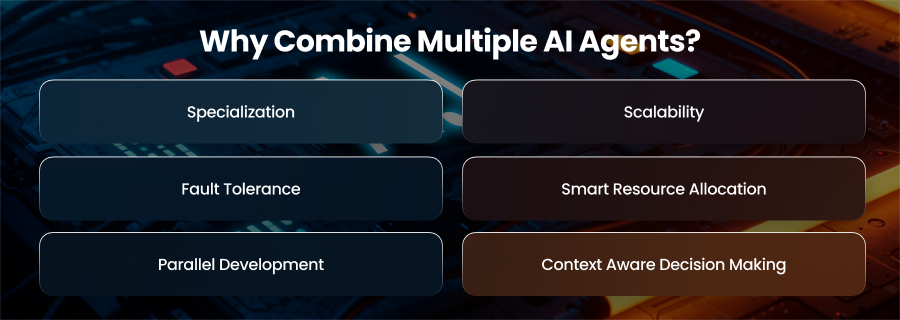
Specialization
No single AI model excels at everything. A computer vision model can be excellent at detecting objects in images but lack the ability to understand natural language. Conversely, a natural language processing model might generate flawless text but struggle to handle numerical forecasting. By using multiple specialized agents, each focused on a narrow domain, you can achieve better performance across the board. For example, in a medical diagnostic system, an NLP agent can interpret doctors’ notes, and a predictive analytics agent can assess risk factors.
Scalability
Multi agent orchestration allows for easy scaling by adding new capabilities without having to retrain or replace the entire system. Furthermore, a specialized agent may be added to the current orchestration layer without influencing other agents if a financial AI app requires a fraud detection capability. As a result, this modularity expedites feature release and cuts down on AI development time. For example, in an e-commerce context, a platform may first have a pricing optimization agent and a recommendation agent before adding a visual search agent.
Fault Tolerance
When a single AI model fails, the entire system can come to a halt. In contrast, multi agent setups provide built in resilience. The orchestration layer can also temporarily circumvent the problem by changing the procedure or switching the task to a backup agent in the event that one agent malfunctions or yields conflicting results. For instance, a simple backup chatbot in automated customer care can continue to respond to requested queries until the primary NLP chatbot dies, guaranteeing that clients continue to receive prompt support.
Smart Resource Allocation
Running a large, high powered AI model for every task is expensive and unnecessary. With multiple agents, simple tasks can be assigned to lightweight models that consume fewer resources, while more demanding tasks are handled by advanced models only when needed. Moreover, this not only optimizes computational efficiency but also reduces cloud infrastructure costs. In content moderation, an inexpensive keyword filter can remove obvious spam before a sophisticated transformer based model is called in to review borderline cases.
Parallel Development
Parallel development is made possible by several agents, allowing various teams to work on various AI components concurrently. This speeds up cycles of invention and permits small enhancements without stopping the system as a whole. One team may create a car detecting agent, another may optimize routes, and a third may concentrate on scheduling public transportation as part of a smart city traffic management project. Without waiting for other teams to complete their job, all of these may be combined under the orchestration layer.
Context Aware Decision Making
Multi agent orchestration allows systems to make smarter and context driven choices by selecting the best combination of agents based on real time conditions. The orchestration layer can prioritize certain agents depending on the situation. In financial trading, during periods of high volatility, a market sentiment analysis agent might take precedence over historical trend analysis.
Architecture of AI Orchestration
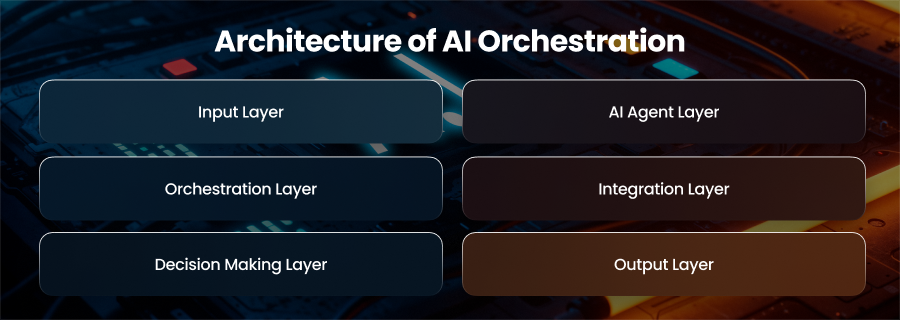
Input Layer
The input layer is responsible for capturing and preprocessing the data required for the AI agents to operate. This may include structured data from databases and unstructured data from documents. Furthermore, API feeding live information and IoT devices can also be a part of the input layer. Before the data is entered into the system, preprocessing activities make sure it is in a consistent format.
AI Agent Layer
This layer is the workforce of the orchestration system. Additionally, it has distinct AI agents, each of which is an expert in a certain function or job. For instance, one agent may be in charge of computer vision tasks, another of natural language processing, and a third of predictive analytics. Furthermore, although these agents function separately, they are made to exchange information as needed.
Orchestration Layer
The AI orchestra is conducted by the orchestration layer. It handles dependencies between agents, chooses which agents should handle certain inputs, and organizes task execution. It guarantees that the workflow’s output from one agent is appropriately directed to the next. Additionally, this layer frequently makes use of process automation systems and orchestration engines.
Integration Layer
For multiple AI agents to work together effectively, there must be a clear channel for communication. This layer provides APIs and event driven architecture that enable real time or asynchronous communication between agents. Message brokers like Kafka or standard communication protocols like REST are frequently utilized in this context.
Decision Making Layer
In more advanced architectures, a decision making layer determines the best course of action based on inputs and outcomes from multiple agents. This can involve reinforcement learning modules or rule based decision engines that dynamically adjust workflows in real time.
Output Layer
The output layer consolidates results from various AI agents and presents them in a usable form. Additionally, this might take the kind of dashboards, API replies, or initiating other downstream procedures.
Steps to Implement AI Orchestration
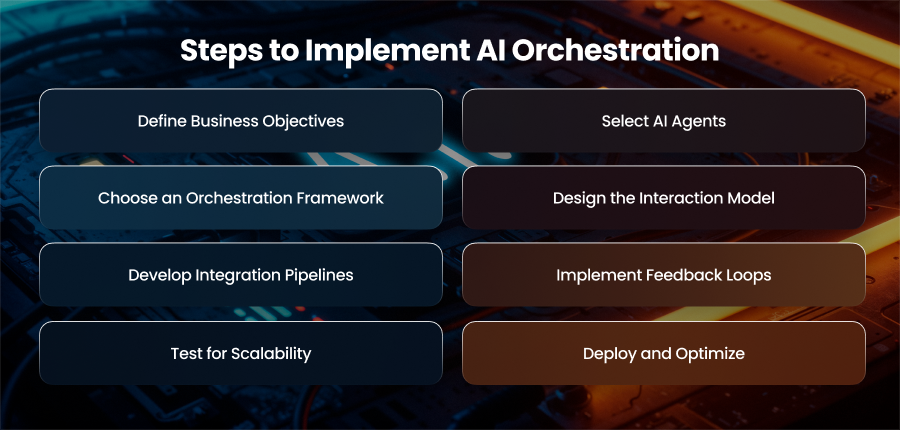
Define Business Objectives
The first step is to clearly define the problems you want to address and the outcomes you want to attain. Additionally, AI orchestration functions best when tailored to specific business objectives, such as automating customer support or enhancing decision making using real time data. This step ensures that every AI agent in the ecosystem serves a specific purpose.
Select AI Agents
Once objectives are set, the next step is to determine which AI agents are needed. These agents can vary in function, ranging from NLP powered chatbots and machine learning models to vision systems and predictive analytics engines. The selection process should consider the agent’s core functionality and performance reliability with other agents in the orchestration framework.
Choose an Orchestration Framework
It is essential to choose the appropriate orchestration platform. Moreover, it should provide tools for task scheduling and communication between agents. Some organizations choose for open source orchestration tools like Apache Airflow, while others choose cloud platforms such as AWS Step Functions for greater scalability. The ideal platform should be adaptable enough to deal with evolving AI tasks.
Design the Interaction Model
The interaction model defines how agents communicate and collaborate. Moreover, this could be a hierarchical model where one master agent delegates tasks, a peer to peer model where agents share responsibilities. The choice of interaction model impacts response times and the overall efficiency of orchestration. It’s also essential to define communication protocols, whether through APIs or event driven architectures.
Develop Integration Pipelines
Each AI agent is connected to the orchestration layer via integration pipelines, which also provide seamless data transfer across systems. These pipelines need to be built with the ability to manage data while preserving its quality.
Implement Feedback Loops
Orchestration is like flying blind without supervision. You need monitoring mechanisms in place to make sure SLAs are fulfilled and to keep tabs on the performance of every AI agent. Feedback loops must also be included in order for agents to learn from outcomes and progressively improve their performance. Periodic audits or real time dashboards may be used for this.
Test for Scalability
To make sure the system can manage higher workloads without experiencing performance deterioration, we carry out thorough testing. To assess how the orchestration framework reacts to unforeseen circumstances, like an agent going down or an abrupt rise in data, this involves stress and failover testing.
Deploy and Optimize
Following testing, the orchestration system may be implemented in production. However, deployment is just the beginning; continuous tuning is essential. This might include upgrading AI models or adding more agents to accommodate changing business needs. Upgrades won’t disrupt ongoing business operations if a strong change management process is in place.
Best Practices for Scalable AI Orchestration
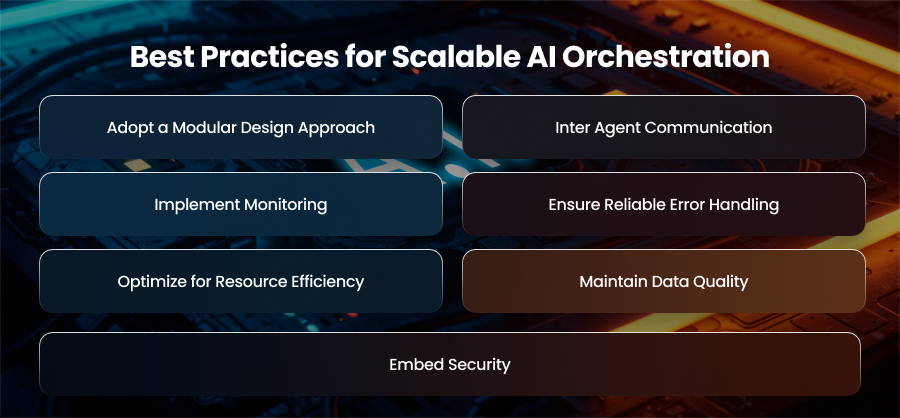
Adopt a Modular Design Approach
AI agents are guaranteed to be autonomous but compatible thanks to a modular architecture. Every module ought to have a distinct duty, like extracting data. Therefore, you may repair or upgrade parts without affecting the system as a whole. Thus, this method enhances maintainability and decreases downtime.
Inter Agent Communication
Scalability of AI bots depends on their ability to exchange data and insights. Using well known communication protocols like REST APIs or message brokers like Kafka guarantees reliable and consistent communication. As the number of agents increases, middleware layers may be used to manage communication bottlenecks.
Implement Monitoring
In order to identify errors or performance bottlenecks in agent outputs, monitoring is essential. Make use of technologies for observability that offer real-time information on response times and system health. Logging systems minimize disruptions. Hence, it provides dependable service delivery by empowering developers to see issues early.
Ensure Reliable Error Handling
AI agents will encounter errors, whether due to faulty data and external API failures. Therefore, building automated fallback strategies, such as re routing tasks to backup agents or switching to rule based logic temporarily, can keep operations running smoothly even when individual components fail.
Optimize for Resource Efficiency
Costs shouldn’t rise at an exponential rate in order to implement scalable AI orchestration. Use load balancing to distribute responsibilities fairly and caching to reduce unnecessary computations. This guarantees optimal performance without putting undue strain on the infrastructure or resulting in needless costs.
Maintain Data Quality
AI orchestration thrives on high quality data. Also, you should implement data governance policies and ensure consistent inputs. Poor data quality can cause cascading errors, especially in systems where outputs from one agent feed into another.
Embed Security
Managing a large number of AI agents, especially those that handle sensitive data, requires a high premium on security. While data is in transit, encrypt it and ensure that all regulations are followed. Regular penetration tests might lower the chance of system vulnerabilities even further.
Final Words
AI orchestration is a bridge between isolated AI agents and truly scalable automation. Therefore, enterprises may create dependable systems that adapt to their demands by integrating diverse agents.

